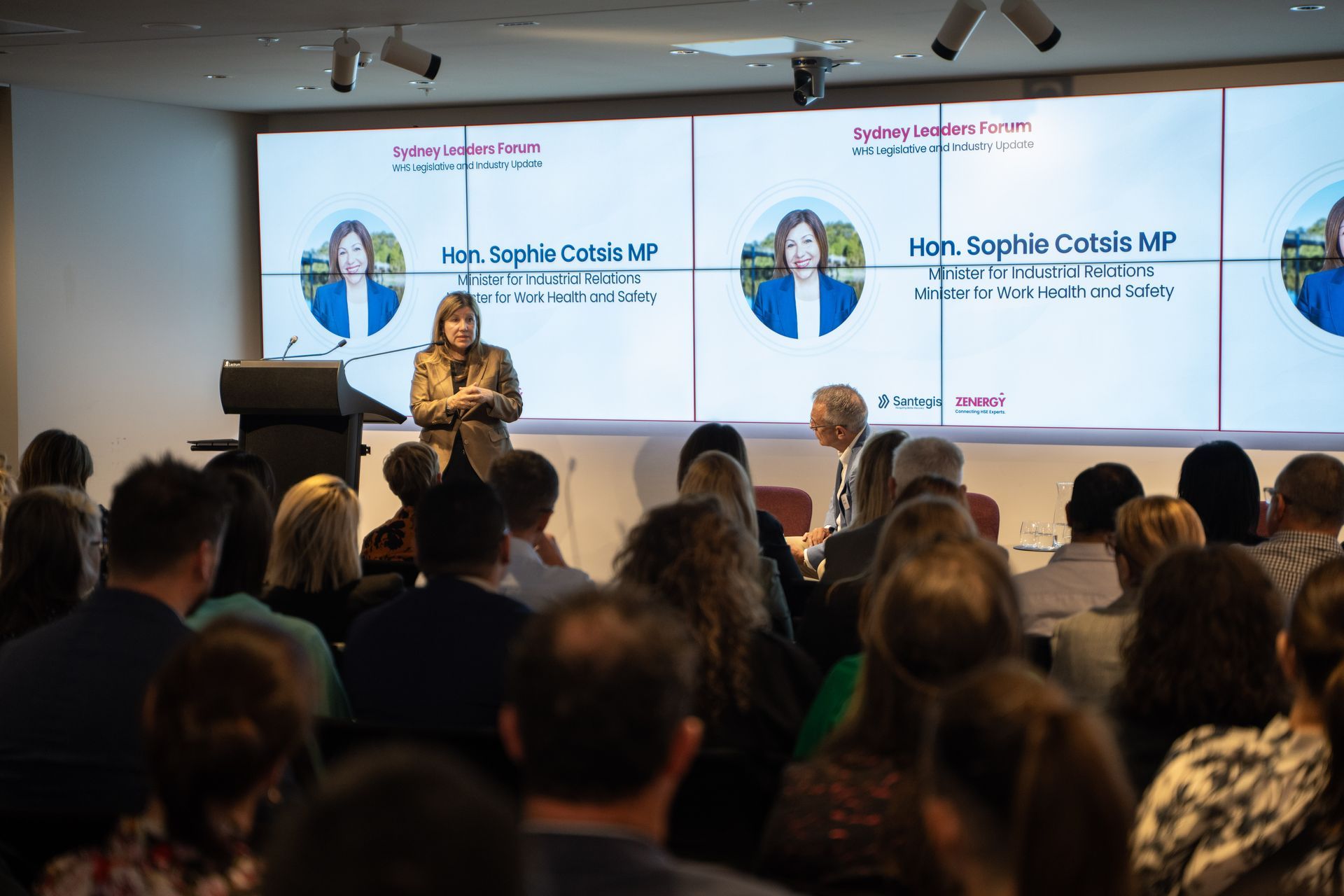Workplace Safety Nightmares: 5 Frightening Mistakes Employers Must Avoid
Avoid scary workplace safety mistakes this Halloween. Learn 5 WHS errors companies must fix to keep workers safe.

Workplace health and safety (WHS) is more than just a compliance requirement — it is a cornerstone of a productive, sustainable, and trusted organisation. When businesses cut corners or underestimate the importance of WHS, the results can be devastating: injuries, costly fines, reputational damage, and even loss of life.
According to Safe Work Australia, workplace injuries cost the Australian economy over $28 billion each year. In 2023 alone, there were 195 worker fatalities and more than 130,000 serious claims lodged due to injury or illness. These are not just numbers — they represent lives changed, productivity lost, and businesses under strain.
Unfortunately, many companies still find themselves haunted by preventable mistakes. In the spirit of Halloween, let’s explore five workplace safety “nightmares” that can creep into organisations — and how to avoid them.
Nightmare #1: No Clear WHS Procedures in Place
Imagine a workplace where no one knows what to do in the event of a chemical spill, machinery fault, or fire evacuation. Without documented and communicated WHS procedures, chaos is almost guaranteed. Employees may take inconsistent or unsafe actions, increasing the risk of harm.
For businesses, the consequences are equally severe: regulatory penalties, prolonged downtime, and heightened liability. Companies that lack clear safety procedures often discover too late that prevention is far less costly than reaction.
Lesson: Every organisation should have well-documented WHS processes, communicated across all levels, and reviewed regularly. Clarity creates consistency — and consistency keeps people safe.
Nightmare #1: No Clear WHS Procedures in Place
Imagine a workplace where no one knows what to do in the event of a chemical spill, machinery fault, or fire evacuation. Without documented and communicated WHS procedures, chaos is almost guaranteed. Employees may take inconsistent or unsafe actions, increasing the risk of harm.
For businesses, the consequences are equally severe: regulatory penalties, prolonged downtime, and heightened liability. Companies that lack clear safety procedures often discover too late that prevention is far less costly than reaction.
Lesson: Every organisation should have well-documented WHS processes, communicated across all levels, and reviewed regularly. Clarity creates consistency — and consistency keeps people safe.
Nightmare #3: Inadequate Training for Staff and Contractors
Training is the lifeblood of effective workplace health and safety. Yet, many businesses still underinvest in regular, role-specific WHS training — especially for contractors or temporary staff.
The result? Workers left uncertain about how to handle risks, machinery operated incorrectly, and supervisors struggling to enforce consistent practices. Inadequate training not only increases accident likelihood but also leaves companies vulnerable to legal action if employees claim they were never properly prepared.
Lesson: Safety training should never be a one-off induction. Businesses must commit to ongoing education, refresher courses, and contractor onboarding that reinforces safety expectations at every stage.
Nightmare #4: Cutting Corners on PPE and Equipment
From protective eyewear and helmets to machine guarding and ventilation systems, personal protective equipment (PPE) and safety gear are non-negotiables. Yet some companies still attempt to save costs by purchasing sub-standard equipment, delaying replacements, or leaving PPE compliance to “common sense.”
In 2023, “body stressing” injuries (muscle strains, slips, and falls) remained the most common causes of serious claims in Australia — many linked to inadequate PPE and poorly maintained equipment.
This mistake often backfires with tragic consequences. Injuries caused by missing or faulty equipment not only harm individuals but also result in financial losses, regulatory investigations, and long-term damage to business reputation.
Lesson: Companies must treat safety gear as an investment, not an expense. Ensuring quality PPE and well-maintained equipment demonstrates a commitment to employee wellbeing — and protects the organisation from liability.
Nightmare #5: Overlooking Mental Health and Wellbeing
Workplace safety is not confined to physical hazards. Mental health is increasingly recognised as a critical part of WHS, with stress, fatigue, and burnout leading to both psychological harm and heightened accident risk.
The Australian Productivity Commission estimates that poor mental health costs workplaces up to $39 billion annually in lost productivity, absenteeism, and staff turnover. Companies that ignore wellbeing are not only risking compliance breaches under psychosocial hazard regulations but also creating environments that repel top talent.
Lesson: A safe workplace is one where both body and mind are protected. Employers should invest in mental health resources, encourage open conversations, and integrate wellbeing initiatives into their safety strategies.
How to Prevent Safety Nightmares in Your Workplace
The five WHS nightmares above serve as powerful reminders of what can happen when businesses treat workplace health and safety as an afterthought. The good news is that every company has the opportunity to replace these costly errors with proactive practices: clear procedures, strong reporting systems, continuous training, reliable equipment, and a focus on mental wellbeing.
By embedding WHS into business strategy and culture, organisations not only protect their people but also strengthen resilience, productivity, and reputation.
At Zenergy, we understand the challenges companies face in building safer workplaces — and we specialise in connecting businesses with the right safety leaders to drive meaningful change. If your organisation is looking for a Safety Manager or other WHS professionals, our expertise in HSE recruitment ensures you’ll have the right people in place to keep nightmares at bay.






